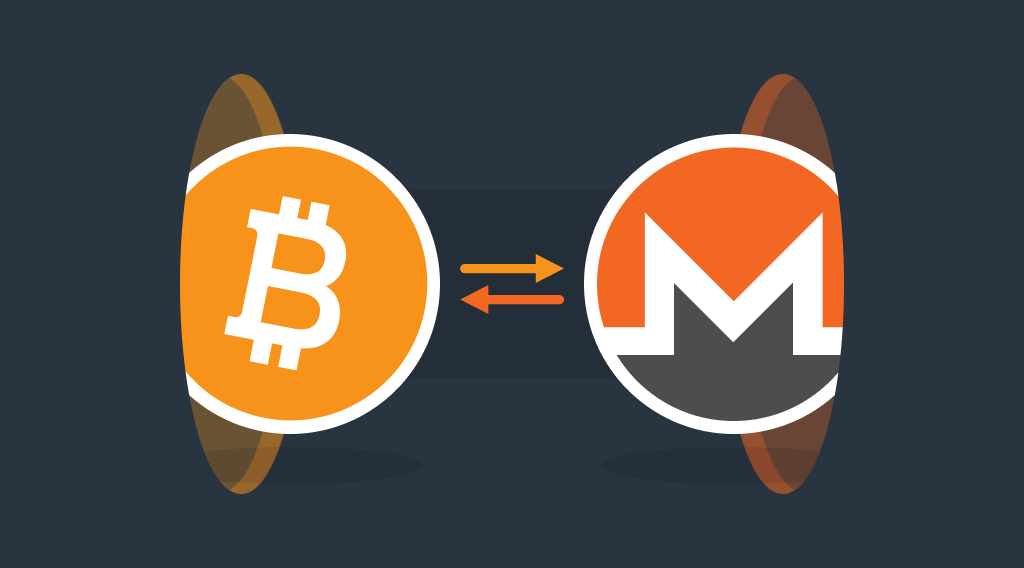What Are Threshold Signatures?

If liquidity is the backbone of DeFi, a private key is the main door to it. Whoever controls the private key controls the funds stored in the corresponding wallet. That’s why crypto businesses and individuals dedicate a lot of time, effort, and resources to safeguarding the private key. Amidst increasing hacks and cyberattacks on crypto wallets and bridges, stakeholders resort to innovative security measures like multi-party computation (MPC) wallets.
However, the introduction of such sophisticated security technologies leads to the emergence of complex concepts necessary for facilitating seamless transactions. One such concept is threshold signature. But in order to understand Threshold Signatures, we need to understand what digital signatures are.
Understanding Digital Signatures
Digital signatures function as cryptographic codes, validating transactions on the blockchain. These signatures are generated from the private keys associated with respective wallets and transaction data.
The derivation of digital signatures involves intricate elliptic curve cryptography. This complexity ensures that the signature can only be generated through the private key. Importantly, due to the use of a one-way cryptographic function, the signature does not divulge any private key information. This feature allows senders to authenticate transactions securely without jeopardizing their assets.
Threshold signatures undergo a similar generation process. However, instead of relying on a singular private key, they leverage multi-party computation (MPC) to create a signature from private key material dispersed across multiple computers.
Understanding Threshold Signatures
A threshold signature scheme (TSS) is a cryptographic approach that replaces digital signatures in the case of an MPC, where multiple parties are required to generate a single digital signature to authenticate a transaction. While the resultant signature outwardly resembles a digital signature, it distinguishes itself by not being created with a single private key. Instead, it emerges from the amalgamation of various private key shares, strategically distributed to ensure that no individual possesses complete control over the private key.
Creative brief:replace ‘m of n’ with ‘t of n’. Source: https://medium.com/zeeve/what-is-the-threshold-signature-scheme-tss-multi-party-computation-mpc-simplified-8e5bc143dc2f
What Is The Need For Threshold Signatures
Threshold Signatures are required to make an MPC wallet infrastructure work seamlessly. Now, an MPC has two key properties:
- Correctness: The outcome generated through the algorithm is correct (as expected).
- Privacy: The secret/sensitive information held by a party, will not be disclosed to any other party.
Again, for the two properties to remain true to their nature, maintaining efficiency and security is extremely important. In the case of a single-signature wallet, a single digital signature is generated to authenticate a transaction.
Threshold signature-powered wallets (MPC) splits this signature intro key shares, Thus the name, threshold signatures. When combined to authenticate a transaction, these individual key shares generate a single signature, eliminating the complexities that one can witness in the case of a multi-sig wallet. That’s the reason leading digital asset custody solutions offer MPC wallets to their clients.
Use Cases In The Industry
Collaborative Cryptographic Operations: Threshold signatures fundamentally transform the dynamics of multi-party computations. These cryptographic operations enable secure collaboration without compromising sensitive information by leveraging the collective power of distributed private key shares. Threshold signatures facilitate computations across multiple entities, safeguarding data privacy and maintaining the integrity of the collaborative process.
Secure DeFi Architecture: Threshold signatures contribute significantly to the security architecture of DeFi platforms. By distributing signature authority among multiple participants, these cryptographic constructs mitigate the risks associated with a single point of failure. At a time when crypto exchanges, wallets, and bridges face an increasing risk of cyberattacks, threshold signatures fortify the foundation pillars of DeFi by validating identities and securing transactions.
Fraud-Proof Smart Contracts: Smart contracts drive the entire on-chain world and are at the core of Dapps. Threshold signatures integrate into these smart contracts, restricting unauthorized access and curbing fraudulent activities, paving the way for creating a transparent and secure on-chain ecosystem.
Advantages of Threshold Signatures
Improved Security for Crypto Enthusiasts: By distributing the signing authority among multiple participants, threshold signatures mitigate the risk associated with a single compromised key. This innovative approach thwarts potential malicious activities and provides a robust defense against unauthorized access or fraudulent transactions.
Fault Tolerance: One of the standout features of threshold signatures is their inherent fault tolerance. Traditional cryptographic systems often face challenges in the event of key compromise or system failures. However, with threshold signatures, the private key is fragmented and distributed, ensuring that no single entity holds complete control. This significantly reduces the risk of a single point of failure and enhances the system’s ability to withstand various attacks and technical glitches.
The decentralized nature of threshold signatures promotes a fault-tolerant environment where the compromise of one or a few entities does not jeopardize the entire cryptographic system. This resilience is paramount in safeguarding against unforeseen circumstances and evolving threats.
Challenges With Threshold Signatures
While the promise of threshold signatures is immense, businesses considering their adoption must navigate certain implementation challenges.
Implementation Complexity: The transition from traditional cryptographic systems to threshold signatures could be challenging for businesses. Thus, businesses must seek assistance from a reliable wallet-as-a-service provider to make the transition seamless.
Interoperability Concerns: Interoperability is the need of the hour, with businesses requiring interaction with different chains and tokens. Thus, businesses must use an interoperable MPC wallet provider to meet their needs.
Wrapping Up
Threshold signatures are a highly evolved form of cryptographic necessary to validate an on-chain transaction. Their applications in secure multi-party computations, DeFi, and smart contracts exemplify their transformative potential in ensuring privacy, integrity, and enhanced security across diverse domains within the blockchain ecosystem. However, it is important to choose a reliable custody solution partner to tackle potential challenges, including interoperability concerns and regulatory hurdles.




